Inspirational Dog Room Ideas (Design)
Perhaps the most difficult part of having a dog is saying goodbye to your furry friend every day as you leave for work. One can only guess how bored your dog must feel when left alone for long hours. So, why not give your pets the room they deserve?
Whether your dog is a little Terrier or a large Mastiff, a well-designed dog room may be a game changer for both you and your furry pet. It will offer your dog a space they can call their own and where they can have some alone time while also being entertained!
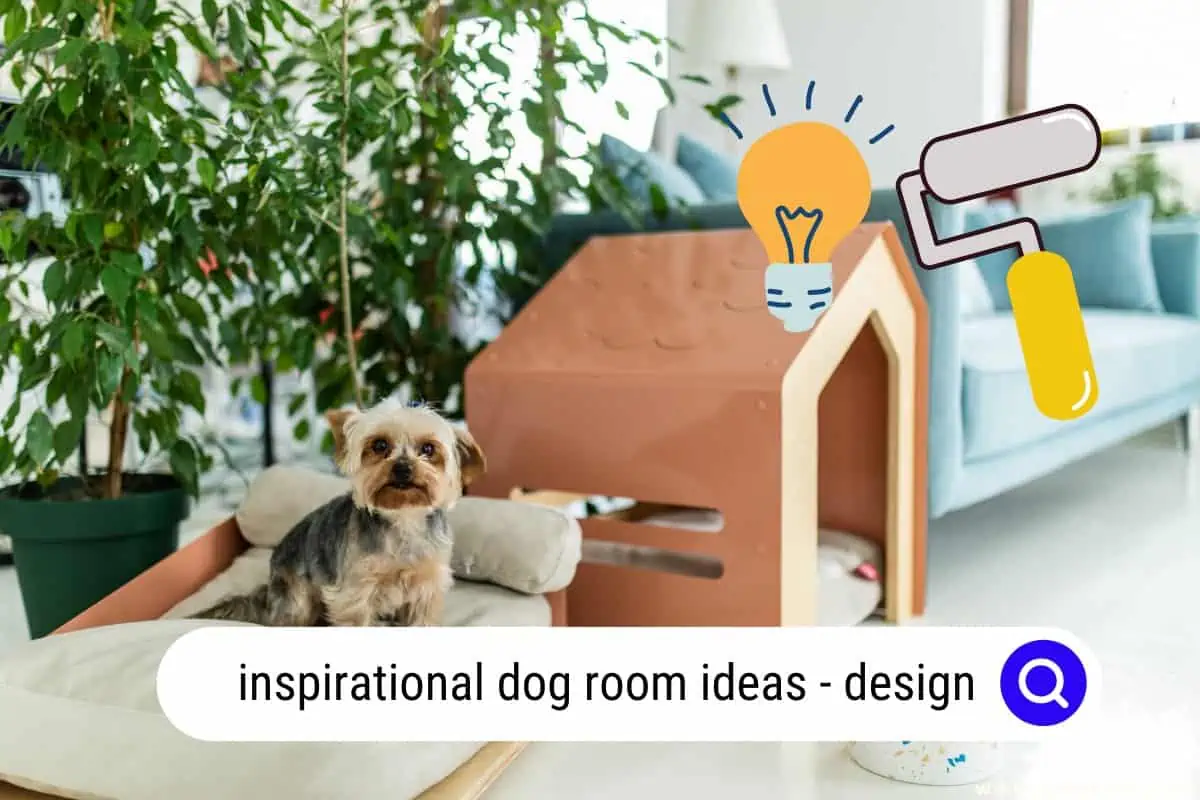
So, grab a leash and join us as we stroll through some of the most inspirational dog room designs available. We’ll walk you through some of the most imaginative and effective dog room ideas that will have you wondering why you never thought of it before. Prepare to turn your house into the ultimate dog-friendly heaven!
What is a Dog Room?
For many pet owners, their dogs are more than just pets – they’re family members. And just like any other family member, dogs deserve a space of their own to call home. That’s where a dog room comes in.
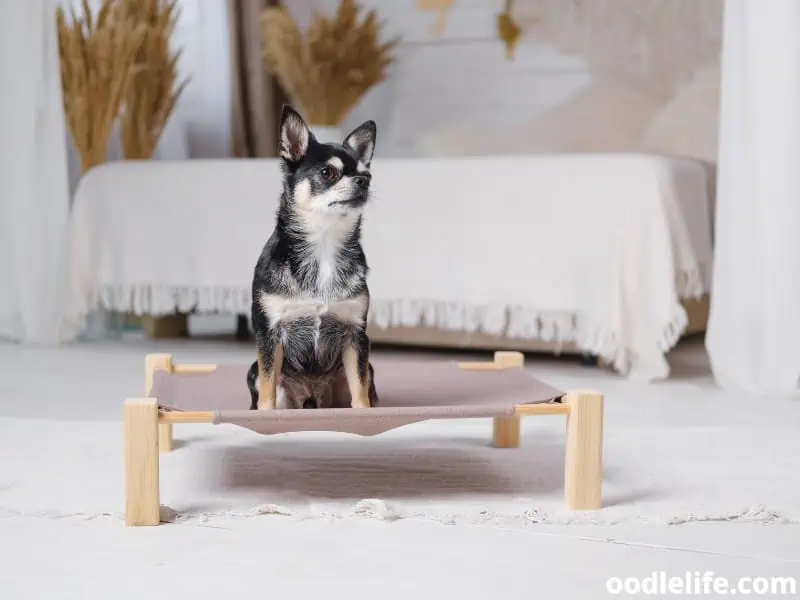
So, a dog room is essentially any space that is specially set aside for your furry family members.
It also offers a practical and convenient solution for pet parents who want to keep their home clean and organized while providing their dogs with a comfortable and safe area they can retreat to. With a designated dog room, you can keep all of your pet’s essentials in one place, making it easier to care for them and keep your home tidy.
Which Room Can Be a Dog Room?
Any room in your home can be transformed into a dog room, depending on your dog’s needs and the space available in your home. Here are a few ideas for different rooms that can be used as a dog room:
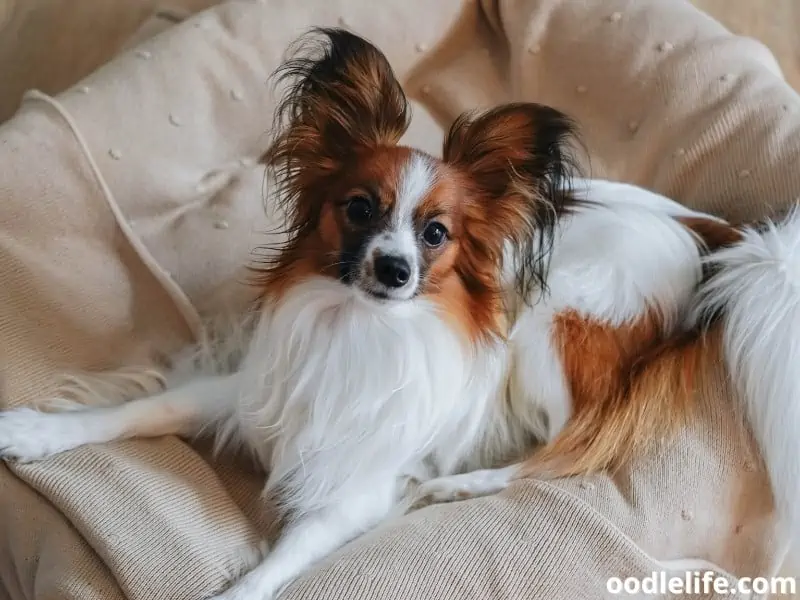
The Laundry Room
This small and accessible area may be ideal for a dog room. The concrete floors make cleaning up accidents a breeze, and you can add shelves or cupboards to store your pet’s necessities. You can even install a doggie door to allow your dog quick access to the backyard!
The Mudroom
A mudroom is an area, typically at the front or rear entrance of your home, where people take off and store their coats and muddy shoes, hence the name. If you have such a dedicated space in your home, it might be an excellent location for a dog room. You can hang leashes and collars on hooks, and add a dog bed and toys to make it a comfortable area for your pet. Baskets or shelves can also be used to store food and other goods.
The Spare Room
If you have a spare room in your home, consider transforming it into a dog room. It will give your furry friend plenty of space to play and relax, and you can even have a TV on or play music to keep them entertained. Remember to add a baby gate or a closed door to keep the rest of your home free from any messes or damage.
The Basement
A finished basement can also be a great space for a dog room. Add some rugs and dog beds to make it cozy, and use baby gates to block off any areas that are off-limits. You can also install a doggy door for easy access.
Design Ideas for Your Dog Room
Now that you have an idea of what a dog room is and which rooms can be used, let’s dive into some design ideas to make your furry friend’s space truly special. Here are some important elements to include in your dog room:
Storage
Storage is an essential component of any dog room. To maintain a neat and functioning room, keep your dog’s toys, food, and other objects properly organized. Try installing shelves or cupboards to keep everything your dog requires in one location. You may even make a dog pantry with labeled bins for various sorts of food and treats.
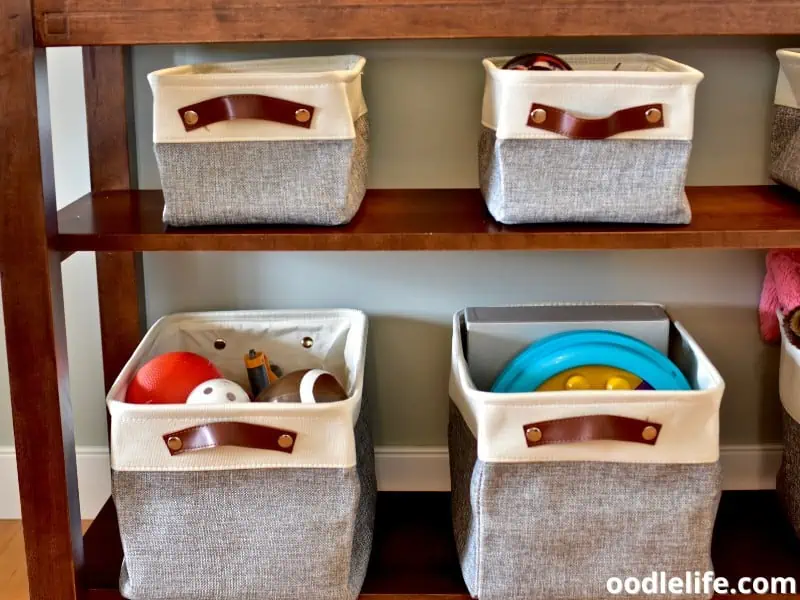
Add hooks or pegs to hang your dog’s leash, collar, and other accessories to make the storage area even more efficient. It will not only help you stay organized but also guarantee that everything is conveniently available when you need it.
Play Area
You can’t have a dog room without a dedicated play area! Having a space where your pup can just have fun will keep them occupied and prevent boredom. Include some toys and a ball pit to make the place more entertaining. You may also set up an indoor obstacle course for your dog using jumps and tunnels from an agility set.
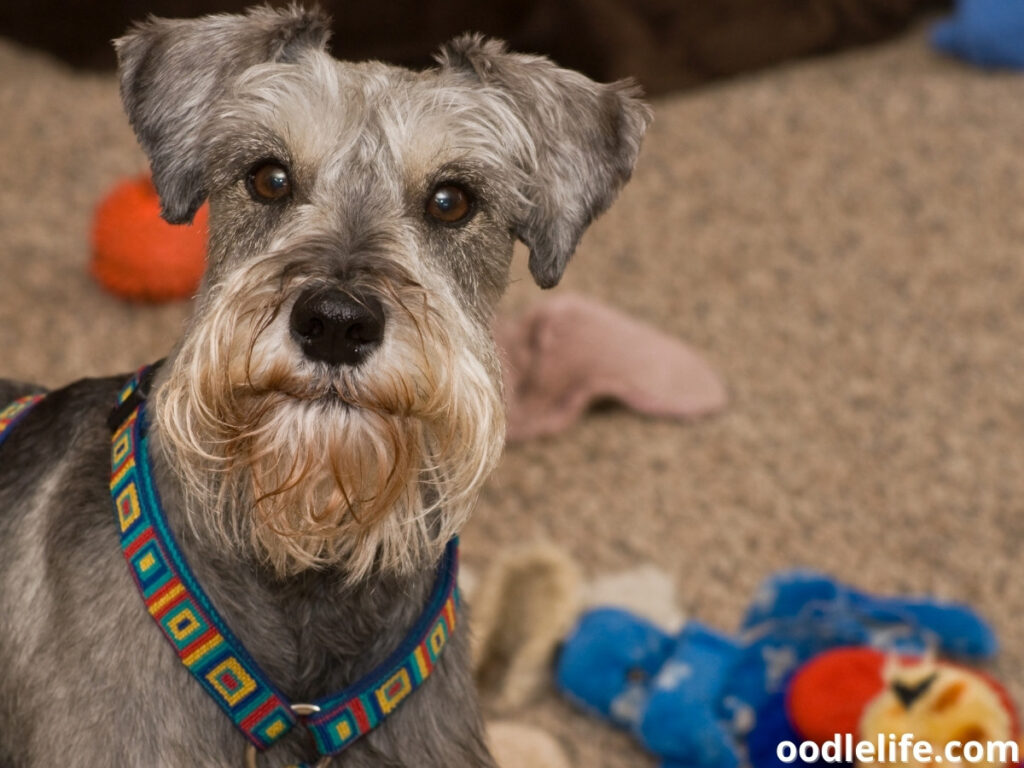
Consider placing a TV or music system in the playroom to provide some excitement and amuse your pet whenever you are not around. Choose dog-friendly entertainment options like soothing music, nature sounds, or animal-themed television shows.
Grooming Station
Make bathing and grooming easier and hassle-free by adding a grooming station to your dog room. Consider installing a dog-sized bathtub and a grooming station to make this space more functional and stylish.
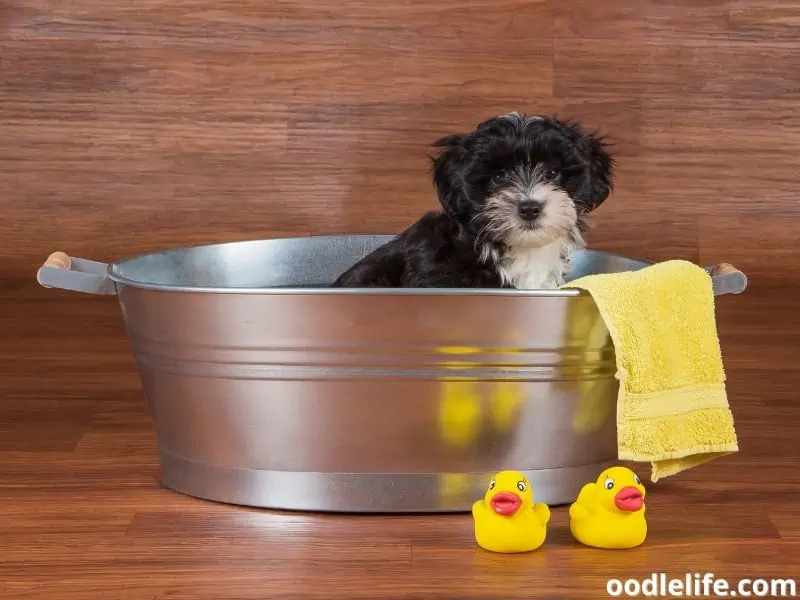
To ensure safety and comfort for your pet, place a non-slip pad on the floor and consider installing a detachable showerhead. It’ll make it easier to rinse your dog’s fur and paws, keeping them clean and odor-free.
Sleeping Area
Every dog needs a comfortable place to rest, and a dog room is the perfect setting for this. Add a comfortable dog bed or even a custom-built dog house to make your pet feel right at home. You may also personalize the bed by including your dog’s name or a soft blanket for extra comfort.
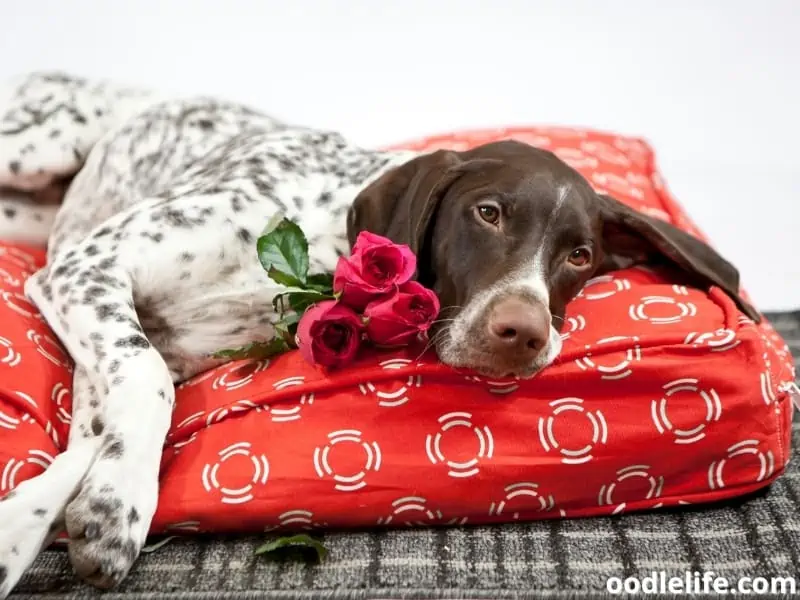
You may also add a nightlight to make your dog’s environment more welcoming and to give them a sense of security.
Wall Art
Add some interesting and vibrant wall art to make the area feel more customized and dynamic. You could even create a gallery wall with photographs of your pet. Adding some encouraging dog phrases or hilarious dog-themed art will also make the space more engaging.
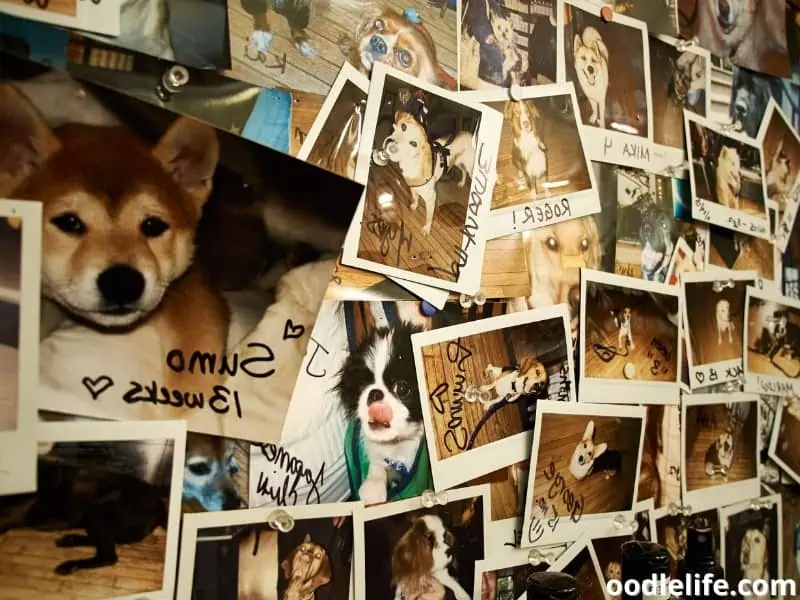
You can also make a chalkboard wall to make your wall art even more interactive. This way you can leave humorous doodles for your pup, adding some personality to the environment.
Additional Tips for Your Dog Room
Creating a dog room can be a fun and rewarding project but before you start designing and decorating, here are some additional tips to consider for your dog room:
Consider Your Dog’s Personality
Just like people, dogs have their own unique personalities and preferences. When designing your dog room, consider your dog’s likes and dislikes. Some dogs may prefer a cozy, quiet space while others may enjoy a more open and interactive area. You should also take into consideration your dog’s breed and size when choosing furniture and other decors.
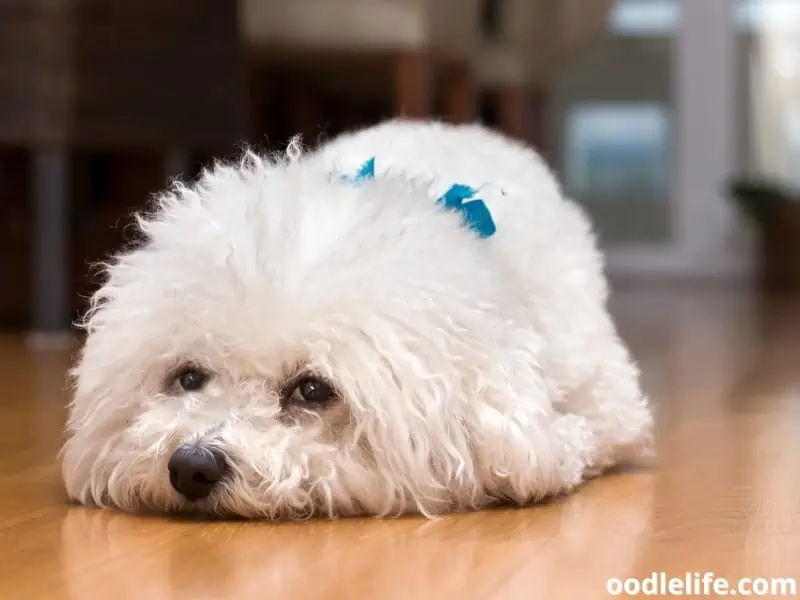
Think About the Flooring
Dogs can be messy, so choosing the right flooring is important to ensure easy clean-up and maintenance. Hardwood or tile floors are great options as they are durable and easy to clean. Steer clear of carpeting and rugs as they can easily trap dirt and hair.
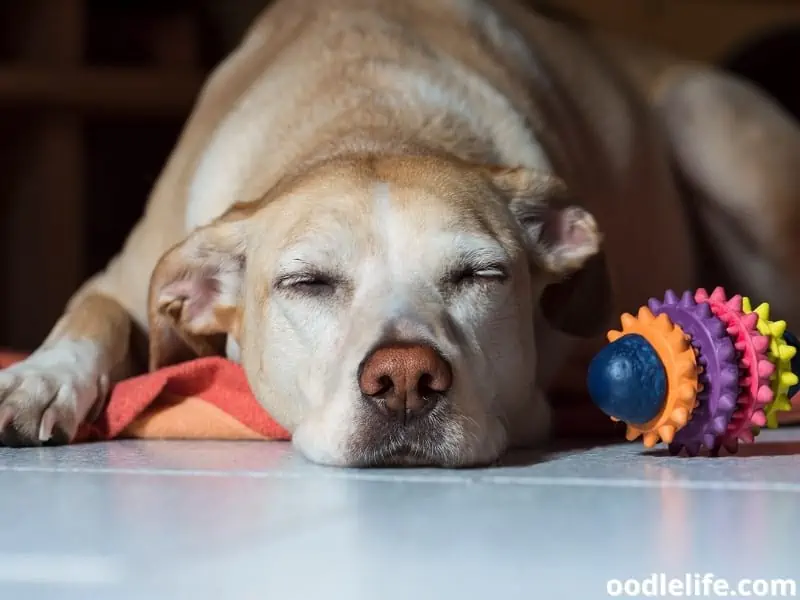
Incorporate Natural Light
Natural light can be beneficial for your dog’s overall health and well-being. Try to incorporate as much natural light as possible into your dog’s room by choosing a room with large windows. You can even add a skylight if possible. If natural light is limited, consider adding some bright and cheery lighting fixtures to the space.
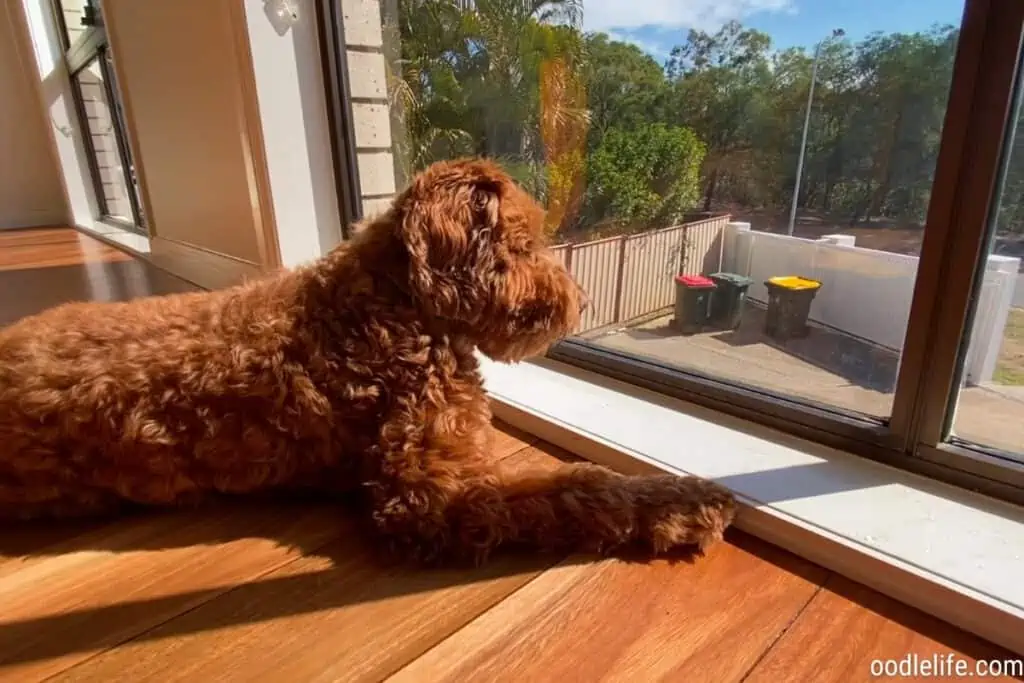
Don’t Forget About the Humans
While your dog room is all about your furry friend, consider adding a comfortable chair or couch for you to sit and spend time with your pet. Additionally, you may also consider choosing decor that fits and complements the rest of your home’s decor.
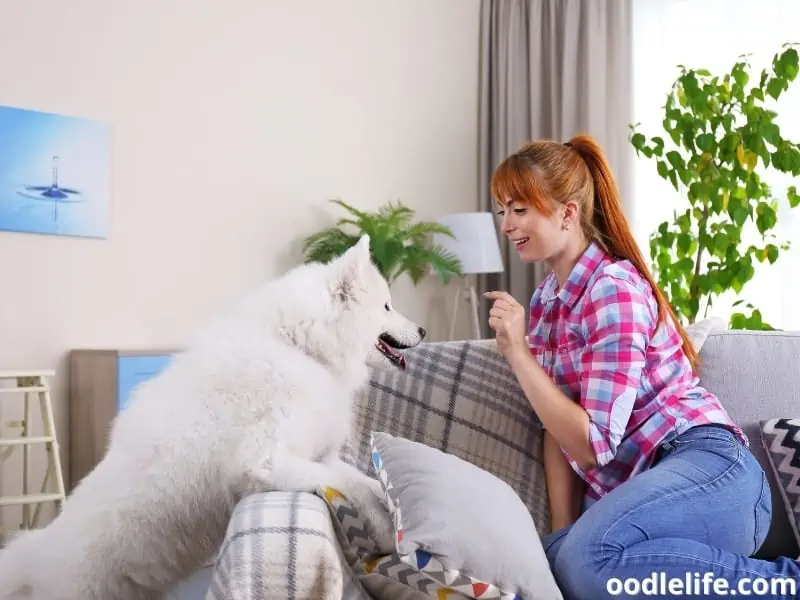
Maintenance is Key
Make sure to regularly clean and disinfect surfaces and toys to prevent the spread of bacteria and germs, and clean up any messes promptly to maintain a tidy and hygienic space. Your dog’s bedding should also be regularly cleaned.
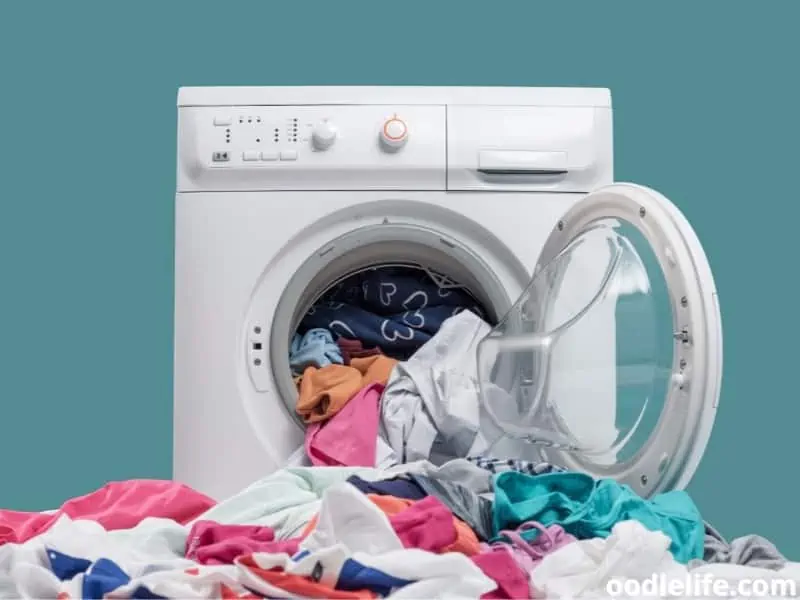
Safety and Health Considerations for Your Furry Friend
Safety First
When it comes to our beloved pets, safety always comes first. After all, it’s our responsibility to ensure their living space is safe and free from potential hazards.
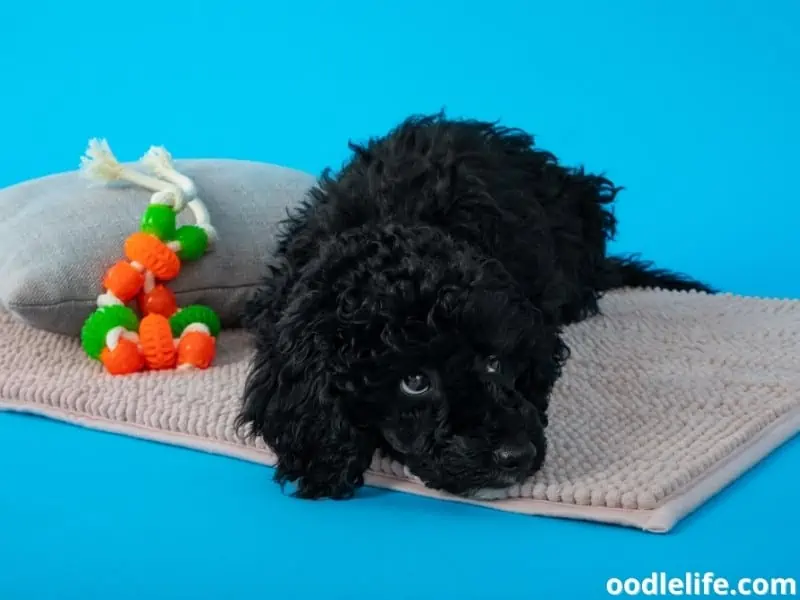
Here are some safety considerations to keep in mind:
1. Securing Loose Cords
Electrical cords can pose a major hazard to dogs, especially curious puppies who like to chew on anything in sight. To keep your furry friend safe, ensure that all electrical cords are securely fastened and out of reach.
2. Storing Toxic Substances
Dogs are inherently curious and are often tempted to lick or ingest toxic substances. Therefore, it’s crucial to keep all cleaning products, pesticides, and chemicals in a secure location, away from your dog’s living space.
3. Sturdy Furniture
Investing in sturdy furniture is essential to avoid accidents such as falling bookshelves or wobbly tables that could injure your dog. Your furry friend deserves a safe and stable environment to play and relax in.
Health is Wealth
Apart from ensuring their safety, the dog room you create should also offer a healthy living environment for your furry friend.
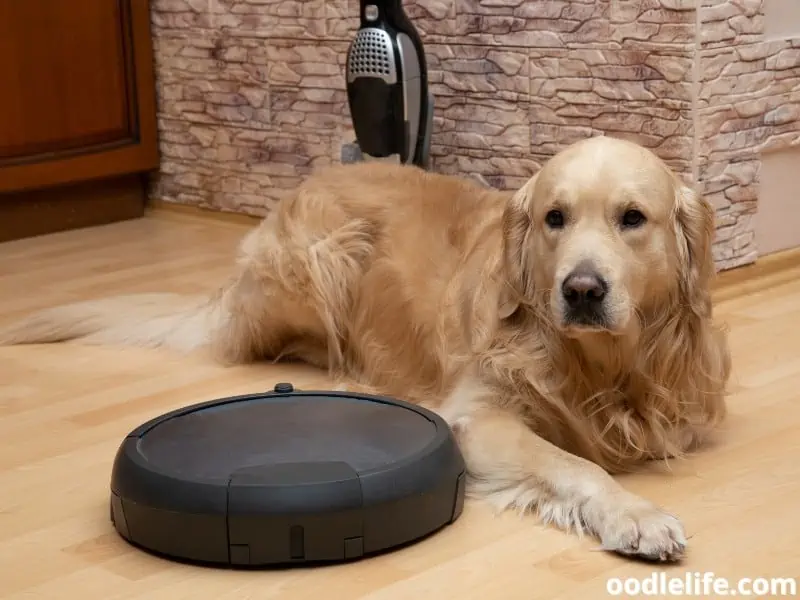
Here are some tips on how to maintain a healthy living space for your pet:
1. Proper Ventilation
Adequate ventilation is crucial to ensuring that your dog’s living space is free from mold, mildew, and stale air. Consider installing a ventilation system or leaving windows open for natural air circulation. Your furry friend will appreciate the fresh air and benefit from better health.
2. Cleaning Routines
As much as we love our furry friends, they are notorious for shedding, drooling, and tracking dirt into the house. To maintain a clean and hygienic living space, establish a regular cleaning routine.
3. Incorporating Natural Elements
Nature has a way of making us feel good, and the same is true for our furry friends as well. Incorporating natural elements such as plants and natural lighting can enhance your dog’s well-being. Plants can also improve air quality by removing pollutants and providing a calming effect, while natural lighting helps regulate your dog’s sleep-wake cycle. Your furry friend will thank you for the added serenity and peace in their living space.
Just make sure you research the plants you add in the dog room because some plants, such as azalea, tulips, eucalyptus, and sago palm, are highly toxic for dogs.
Do You Really Need A Dog Room?
Yes and no. While some dogs need a lot of attention and would hate being left alone, others need their space. So, creating a “dog-safe zone” in your home can offer them a place to unwind.
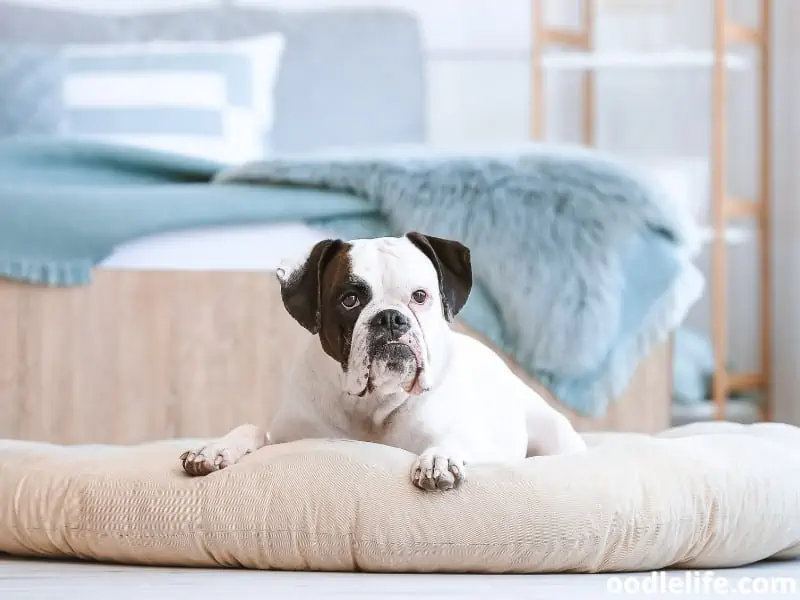
Here are some other reasons you may want to consider having a dog room:
Providing Comfort and Security for Your Furry Friend
Dogs thrive on routine, and having their own place may make them feel more secure and comfortable in your household. Plus, it can prevent destructive behaviors, like chewing on furniture or excessive barking, which can be a source of frustration for pet parents.
Mental Stimulation and Exercise
A dog room can be a great way to provide your dog with mental stimulation and exercise. You can create a fun and interactive play area with toys and agility equipment that will keep your dog engaged and active. This is especially beneficial for dogs who have a lot of energy or are easily bored.
Effective Training in a Designated Space
A dog room can also double up as an excellent training area. By designating a specific space for training, you can help your dog associate that space with learning and positive reinforcement. It is also ideal for house training or teaching new commands.
Peace of Mind for Pet Parents
Having a dog room can also provide pet parents with peace of mind. By keeping your pet’s items organized in one place, you’ll always know where everything is and can easily keep track of your pet’s needs. Plus, having a dedicated space for your pet can help you create a more harmonious home life by reducing conflicts over space and boundaries.
Make Your Home More Welcoming for Guests
A dog room can also make your home more welcoming and accommodating for guests who may have allergies or a fear of dogs. By designating a specific space for your furry friend, you can keep them separate from areas of your home where guests may be spending time. This can help ease any anxiety or discomfort for both your guests and your pet.
Conclusion
Needless to say, designing a dog room can be a fun and creative process that will not only benefit your furry friend but also enhance the overall look and feel of your home. We hope that with these ideas and other tips, you’ll have a dog room that makes your pup wag its tail in no time!